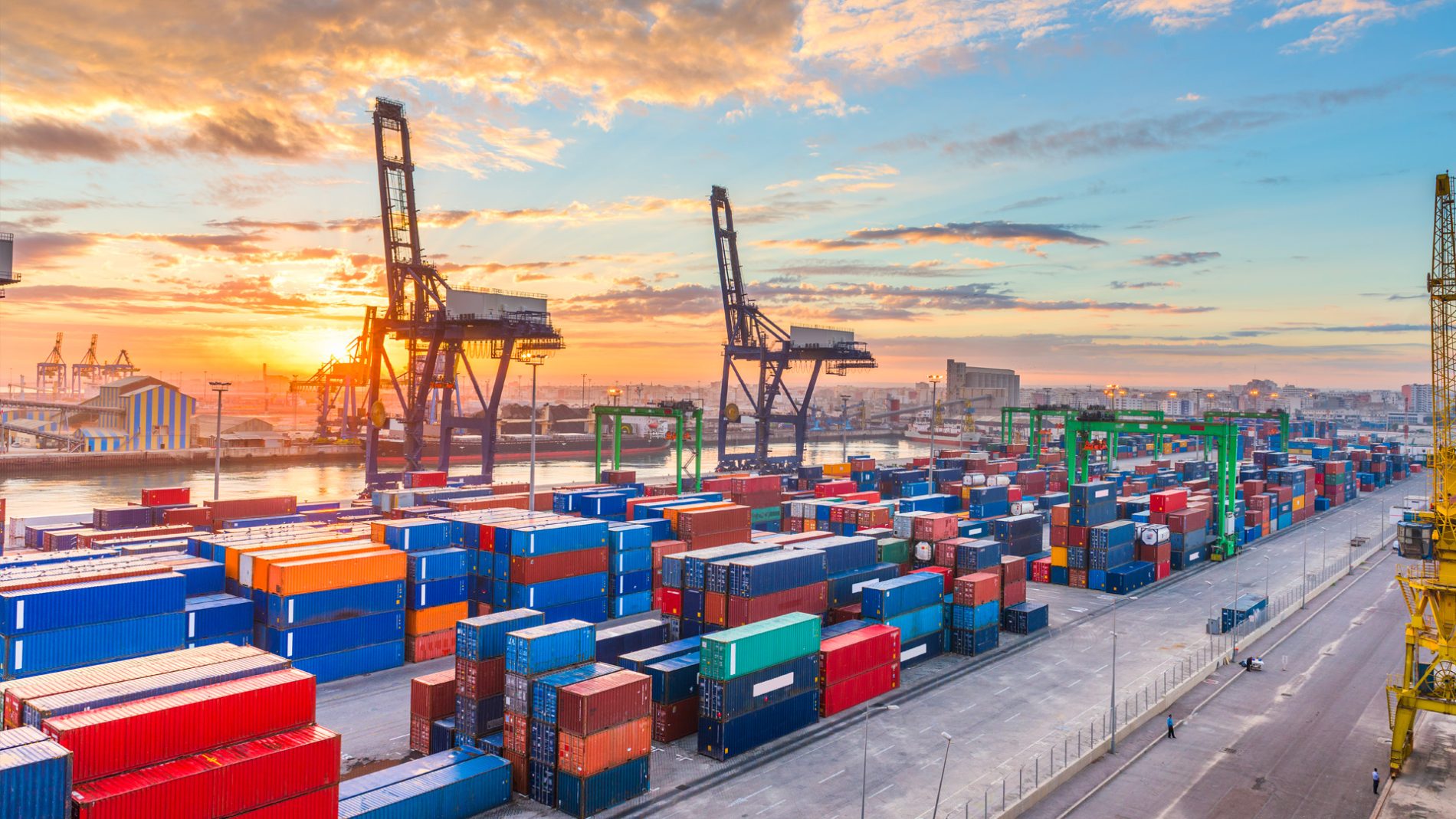8 October 2025
CorporateControl, Forecasting, Transparency: Atlante’s Model for the Supply Chain
For a company with over thirty years of experience in the distribution of international food products, the supply chain has a strategic value. It is not merely logistics, but a system that connects global sourcing, evolving regulations and continuity of service to customers.
Atlante’s vision is based on an end-to-end model that integrates every stage of the value chain — from source to shelf.
“Our business model is built on two main pillars,” explains Ian Perotto, Supply Chain Director at Atlante. “On the one hand, sourcing — the ability to procure food products from anywhere in the world. On the other, the supply chain — which manages goods movement, volume forecasting and distribution. Our approach is fully integrated, involving producers, suppliers, freight forwarders and transport companies across different modes, except for air cargo.”
Goods arrive at Atlante’s warehouses and are stored under controlled temperature parameters — ambient, chilled and frozen — until final distribution. This model ensures full traceability, safety and product quality throughout the process.
The content of this interview, originally published by EFA News, explores Ian Perotto’s perspective on the challenges and opportunities of managing a global supply chain in the food industry.
Balancing Risk and Forecast
Managing an international supply chain means dealing every day with external factors that can affect product availability and delivery timing. The main challenges concern the availability of raw materials — often impacted by climate events or sudden crises — and logistical disruptions such as the closure of the Suez Canal, droughts in Panama or port congestion.
In this context, service level remains the key priority. Atlante constantly monitors the OTIF (On Time In Full) indicator, which measures the ability to fulfil orders completely and on time.
“Service level is the best sales tool we can have,” Perotto emphasises. “It represents credibility and reliability. Currently, we operate at between 90 and 93 per cent. Further improvement is largely contingent on data sharing with our customers. To enhance our service, we rely on their partnership.”
Compliance and New Regulatory Challenges
Beyond logistics, the food supply chain must also respond to a rapidly evolving regulatory landscape. The European EUDR Directive, which enforces traceability of raw materials linked to deforestation and sustainability, will have a significant impact on producers, distributors and clients.
“It is a necessary — though highly demanding — endeavour for all stakeholders involved,” notes Perotto. “It requires complex monitoring and documentation systems. There is already talk of a possible postponement of its entry into force, but the goal remains to be fully compliant and respectful of legislation.”
For Atlante, being ready means not only adapting to new rules but also ensuring an operational approach that integrates traceability, sustainability and supply robustness. Regulation thus becomes a tool for transparency and supply-chain governance.
Tariffs and Global Dynamics
In recent years, the food supply chain has also had to adapt to international trade policies and tariffs, with direct effects on demand and transport costs.
“There have been moments of strong speculation,” says Perotto, “with demand peaks caused by preventive stockpiling. Today we see the opposite phenomenon, with container costs at historic lows — in some cases even negative.”
Unlike in other manufacturing sectors, relocating food production from one country to another is not an easy option. Raw materials cannot simply be moved. For this reason, tensions over tariffs and trade policies have a direct impact on the final price of products — and consequently on consumers.
Knowledge and Prevention as Drivers of Continuity
Knowledge is the first step towards prevention.
“Atlante doesn’t just manage logistics,” concludes Perotto, “it invests in communication with its customers. Newsletters, updates and information materials help anticipate risks and navigate change more effectively. This foresight is mutually beneficial.”
The supply chain is a strategic lever. It reflects a company’s ability to remain solid, responsive and reliable in a market that evolves every day.
